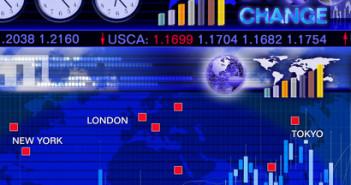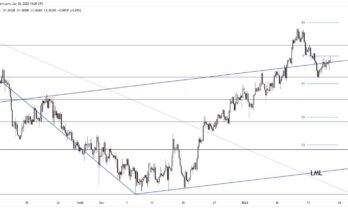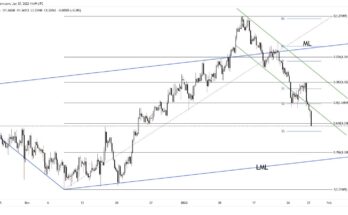“Warâ€, the satirist Ambrose Bierce once said, “is God’s way of teaching Americans geographyâ€. The average investor certainly knows a little more about Yemen today, after yesterday’s Saudi-led airstrikes on targets across the failed state sent global shares down, and oil prices up almost six percent.
Markets remain unsettled this morning, with the prospect of a wider regional conflict acting to restrain risk appetites worldwide. As initial reactions give way to a more sober assessment of the situation, oil prices have have retraced their steps somewhat, leaving West Texas exchanging hands for roughly $50 a barrel, while the more-relevant Brent benchmark is floating near $58.
Lifted by rising crude prices, the Canadian dollar has had a much-needed reversal, moving above key psychological levels into the mid-twenties over the trading cycle. In comments yesterday, central bank Governor Poloz gave bulls some breathing room, saying that his January rate cut “bought us some time†to assess economic developments before adjusting benchmarks further.
The dollar is looking almighty once more, clobbering its counterparts as we head into the weekend. Numbers released yesterday showed that fewer Americans sought jobless benefits last week than expected, illustrating further progress toward the second of the Federal Reserve’s twin mandates; stable prices, and full employment.
However, in an interesting development, while the safe haven Swiss franc and Japanese yen rose,the dollar actually fell yesterday as events on the Arabian Peninsula hit the wires. This would suggest that the greenback is behaving as a growth asset, correlating more strongly with expected equity returns than with changing liquidity preferences. In our experience, such a phenomena often presages a reversal – the dollar rarely rewards those who think of it as an investment asset in, and of itself.
In contrast, the euro is substantially weaker, losing altitude as market participants warily monitor developments in Greece. Finance ministers in the common currency area have given the Tsipiras government till Monday to present reform details, before releasing more cash to the beleaguered country, and there is growing concern that this deadline will not be substantively met.
Amusingly, the euro is also being pushed in the opposing direction by traders who now expect that the European Central Bank will begin reducing its bond purchases in early 2016. With equities up, monetary velocity improving, unemployment rates coming down, and sentiment brightening across the euro area, it appears that a rebound is underway, meaning that policymakers may not need to keep stimulus flowing as long as previously anticipated.
While we suspect that this view is largely correct, it is likely too early. The euro has repeatedly failed to hold the 1.10 level in recent weeks, reflecting short-term fundamentals that argue for a move closer to par. With central bank policy, emerging market weakness, and enormous investment flows moving in the dollar’s favour, it remains a dangerous time to swim against the tide.
All in, it would be wise to maintain a defensive posture and keep an eye on developments in the Middle East and Greece over the weekend. Geopolitics, after all, are the market’s way of teaching traders about humility..
In our latest podcast we interview David Stein on investment, QE and lots more
Subscribe to Market Movers on iTunes



